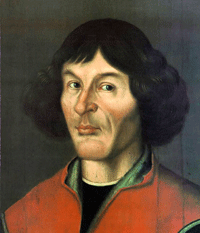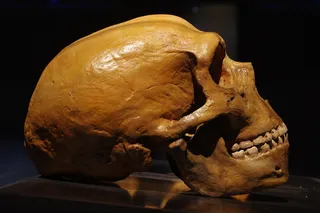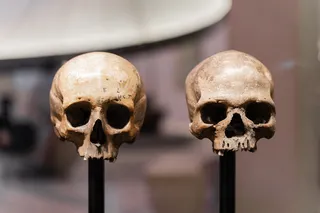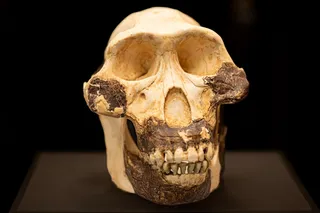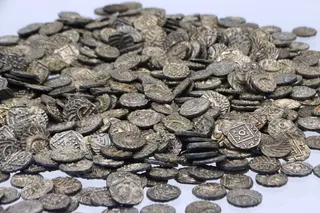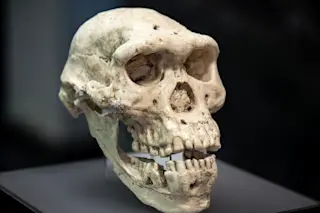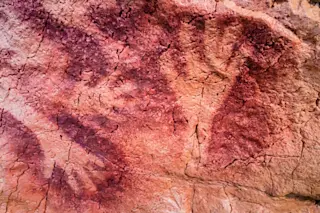Over four hundred years after his death, the man known for moving the sun to the center of the solar system made a move himself. On Saturday, at a medieval cathedral at Frombork on Poland’s Baltic coast, the astronomer Nicolaus Copernicus—whose ideas were once declared heresy by the Vatican—was reburied with full religious honors. After a stint in city of Olsztyn, Copernicus's remains returned to his original resting location (under the cathedral’s floor), but his grave got an upgrade. After his death in 1543 he lay for centuries in an unmarked grave, but his new plot has a black tombstone with six planets orbiting a golden sun. The ceremony concluded a several week tour of a wooden casket with the astronomer’s remains.The ceremony included shows of respect from the Catholic Church, which eventually had to admit that Copernicus was right about the whole planets-moving-around-the-sun thing. According to The Times, a ...
Copernicus Gets a New Grave, Belated Respect From the Catholic Church
Nicolaus Copernicus was reburied with honors, acknowledging his heliocentric solar system model after centuries of being deemed a heretic.
More on Discover
Stay Curious
SubscribeTo The Magazine
Save up to 40% off the cover price when you subscribe to Discover magazine.
Subscribe

